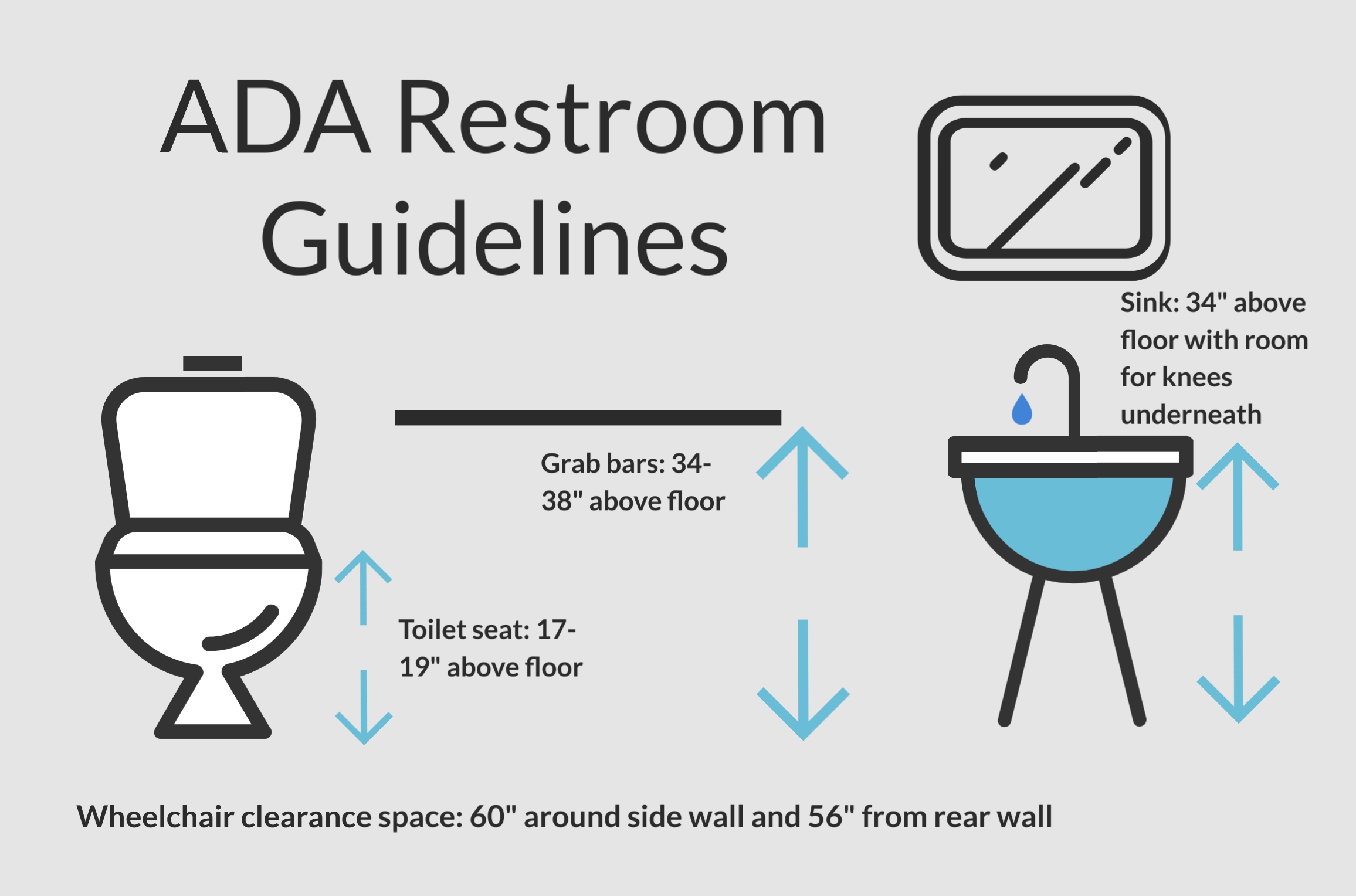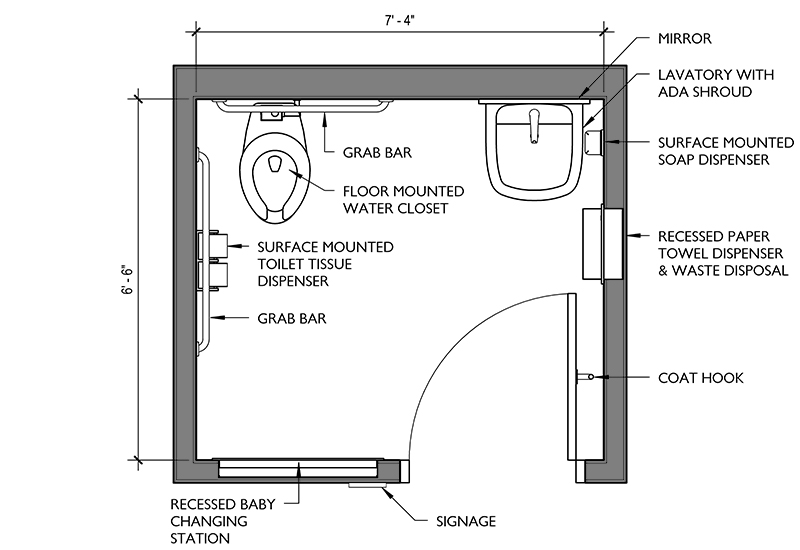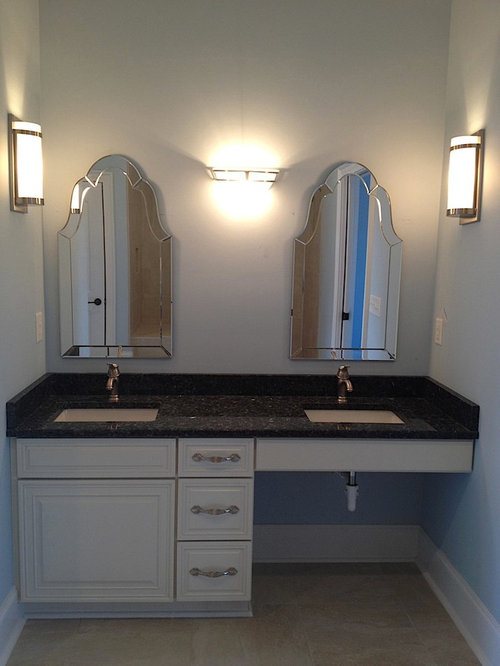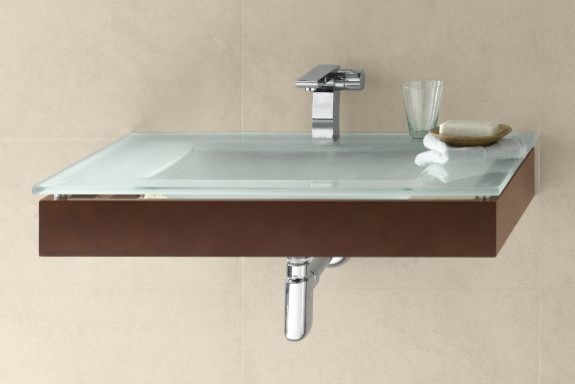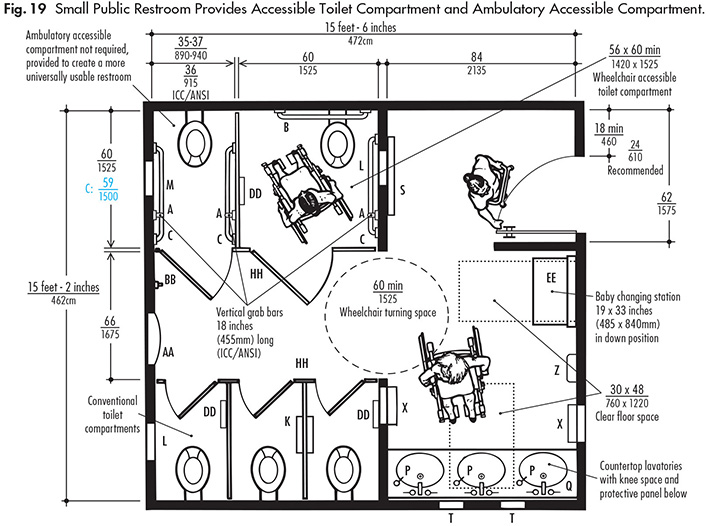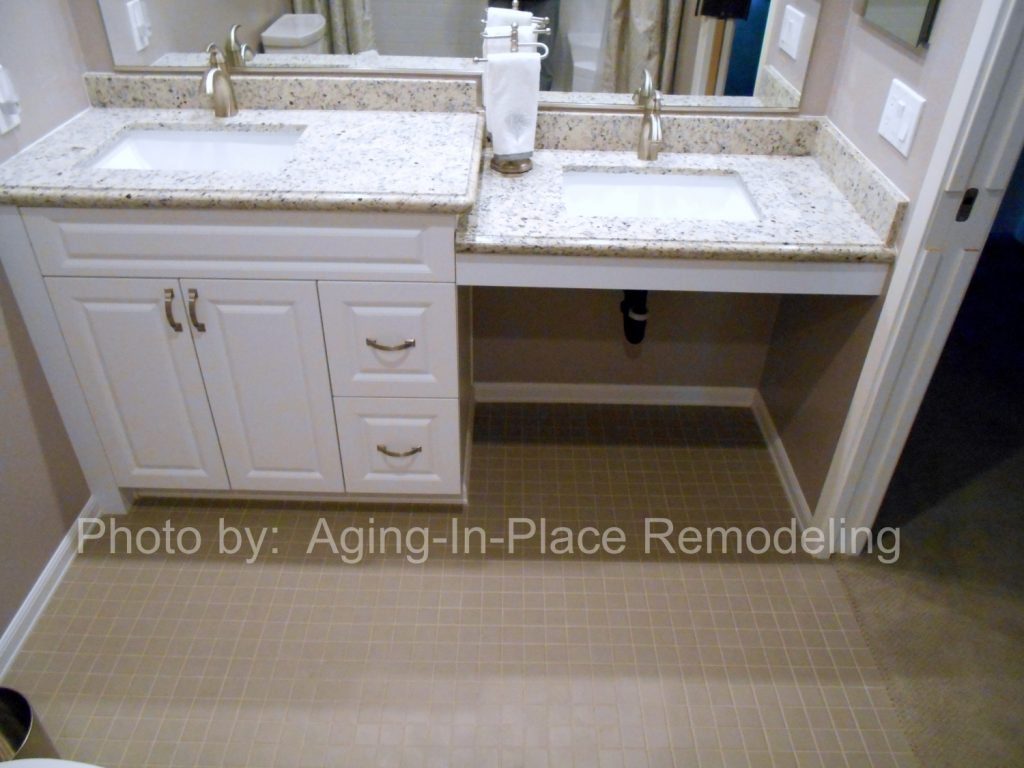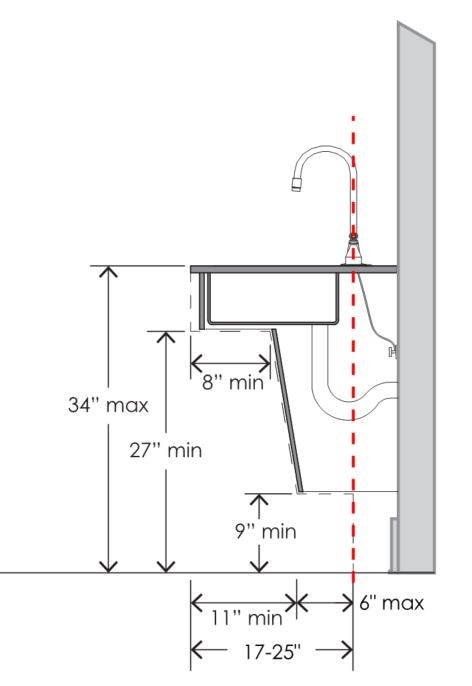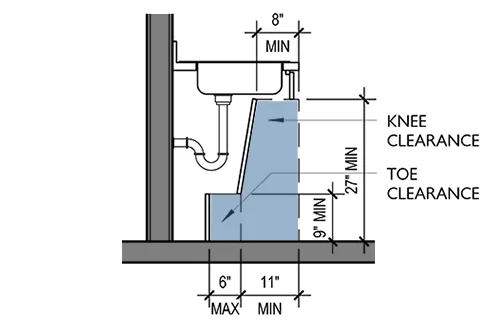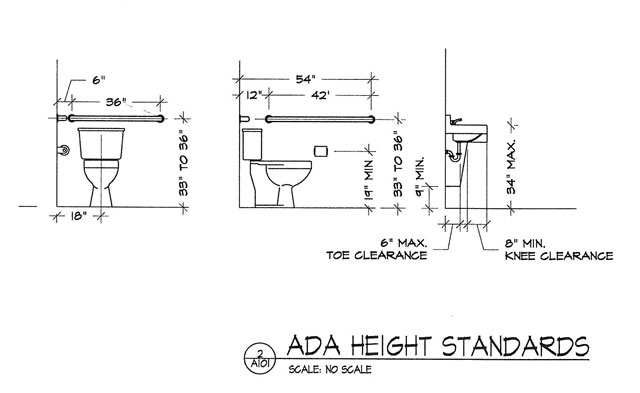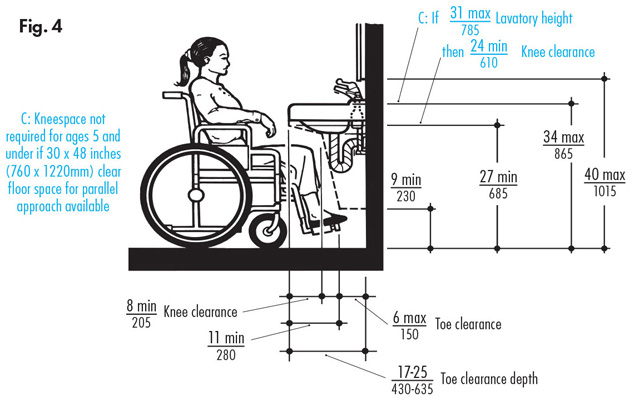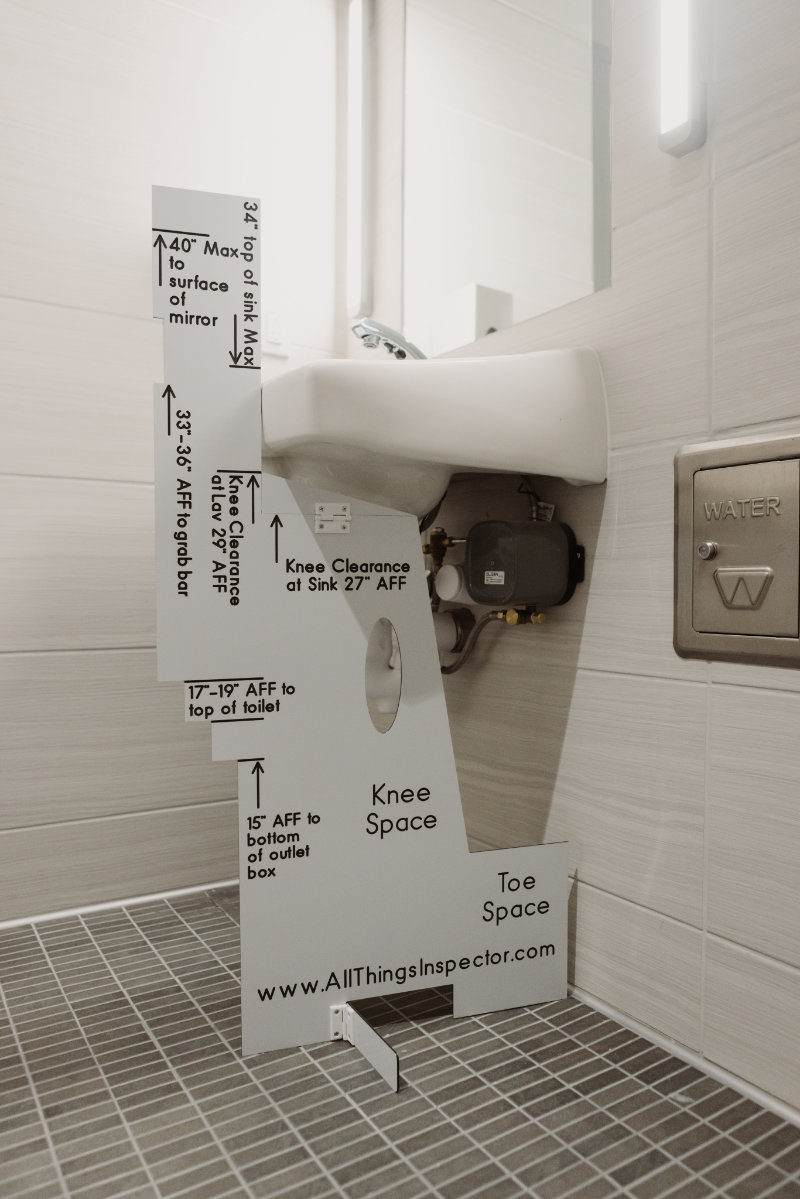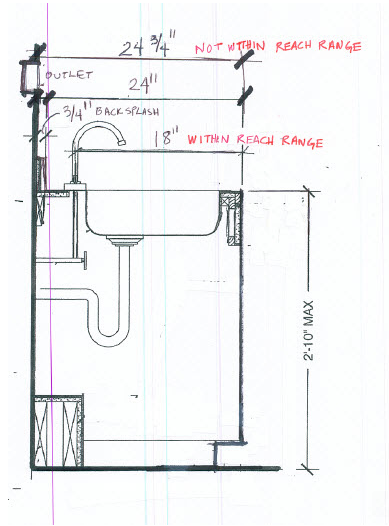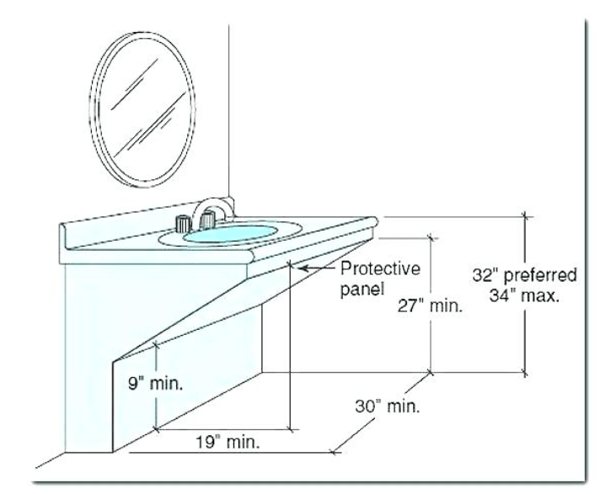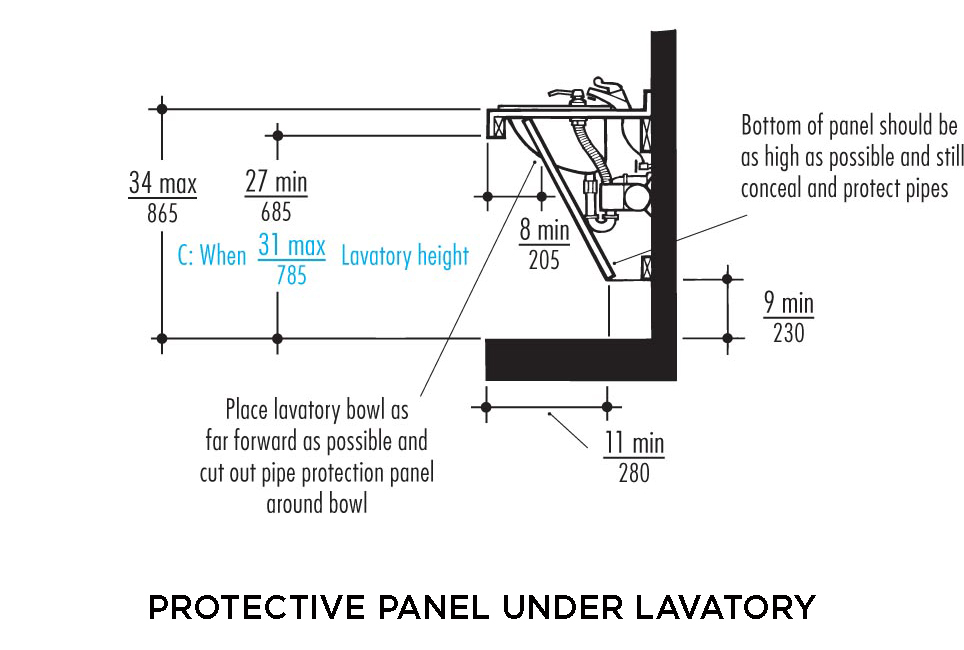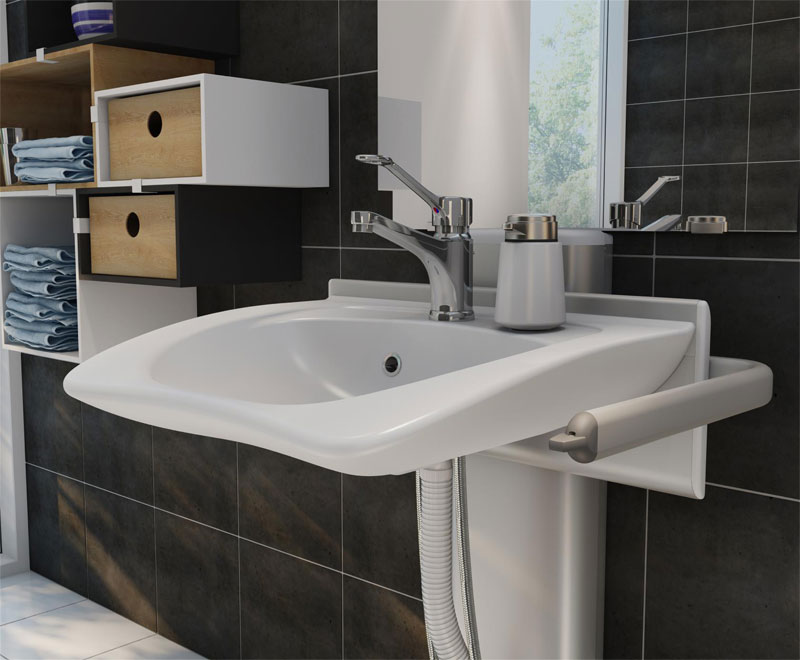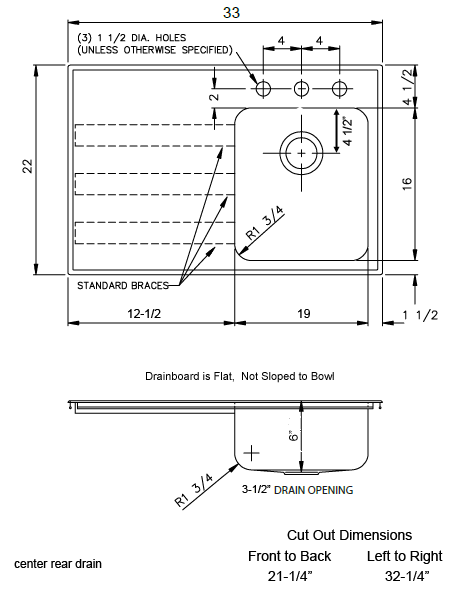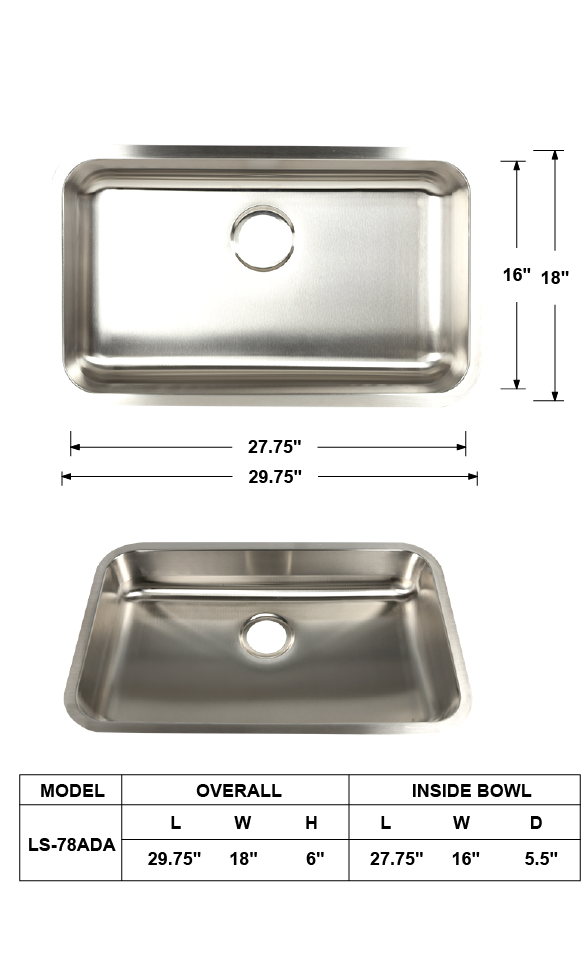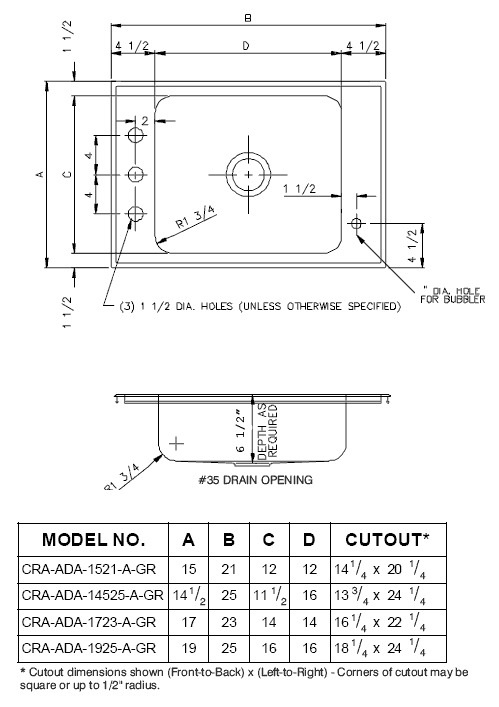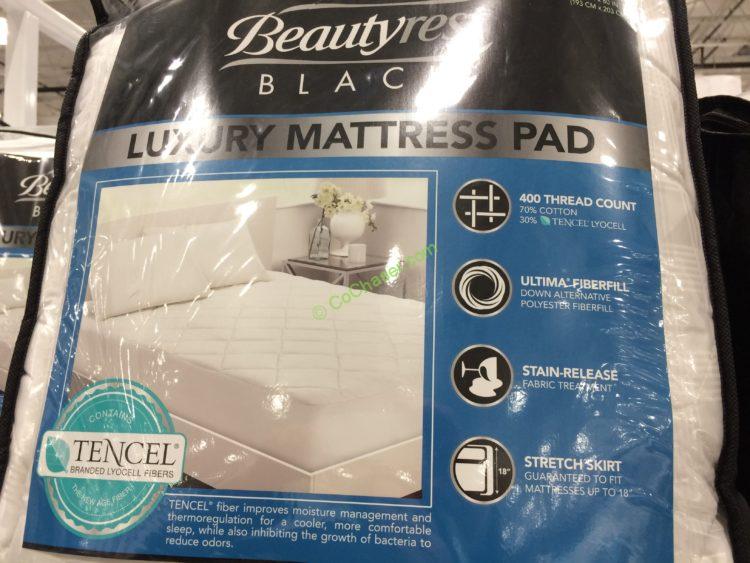The Americans with Disabilities Act (ADA) has set forth regulations to ensure that people with disabilities have equal access to public facilities, including bathrooms. These regulations cover various aspects of bathroom design, including sinks. In this article, we will discuss the top 10 ADA regulations for bathroom sinks to help you create an accessible and compliant bathroom.ADA Bathroom Sink Regulations
When designing a bathroom, it is essential to choose sinks that are compliant with ADA regulations. These sinks are designed to be accessible and easy to use for individuals with disabilities. ADA compliant bathroom sinks are available in a variety of styles, sizes, and materials, making it easier to find one that fits your bathroom design and meets the ADA guidelines.ADA Compliant Bathroom Sinks
In order for a bathroom sink to be considered ADA compliant, it must meet specific guidelines set forth by the ADA. These guidelines cover various aspects of sink design, including height, clearance, faucet operation, and mounting. It is crucial to follow these guidelines when selecting and installing a sink to ensure compliance and accessibility for all individuals.ADA Guidelines for Bathroom Sinks
An essential aspect of ADA regulations for bathroom sinks is accessibility. Sinks must be designed and installed in a way that allows individuals with disabilities to use them independently. This includes providing enough space for wheelchair users to maneuver, easy reach to faucet handles, and appropriate height for different users.Accessible Bathroom Sinks
The height of a bathroom sink is crucial for accessibility and compliance. According to ADA regulations, the sink must be mounted at a maximum height of 34 inches and a minimum height of 29 inches from the floor. This range allows for easy use by individuals of different heights and wheelchair users.ADA Sink Height Requirements
In addition to the height, ADA regulations also specify the required clearance space under the sink. This space must be at least 27 inches high and 30 inches wide to accommodate a wheelchair user. The sink should also have knee clearance of at least 29 inches high and 11-25 inches deep to allow wheelchair users to approach the sink comfortably.ADA Sink Clearance Requirements
The faucet design is also an important aspect of ADA regulations for bathroom sinks. Faucet handles must be easy to operate, requiring no more than five pounds of force to turn on and off. Lever or push-design faucets are recommended for easy operation by individuals with limited dexterity.ADA Sink Faucet Requirements
The way a sink is mounted can also affect its compliance with ADA regulations. Wall-mounted sinks are generally the most accessible option as they provide enough space for wheelchair users to approach the sink. However, if a sink is mounted on a vanity or cabinet, the cabinet must meet certain clearance requirements to accommodate a wheelchair user.ADA Sink Mounting Requirements
ADA regulations also cover the design of the sink itself. The sink bowl should be shallow, with a maximum depth of 6.5 inches, to allow easy reach to the bottom. The sink should also have a smooth, rounded edge to prevent injury in case of accidental contact. Additionally, the sink should not have any sharp or protruding objects beneath it that could cause harm.ADA Sink Design Requirements
Proper installation is crucial for ensuring that a sink is compliant with ADA regulations. The sink must be securely mounted and able to withstand at least 250 pounds of force without tipping or falling. It is also essential to follow the manufacturer's instructions for installation and use of the sink to ensure compliance. Creating an ADA compliant bathroom is not only a legal requirement but also a way to ensure that all individuals have equal access to public facilities. By following these top 10 ADA regulations for bathroom sinks, you can create a functional, accessible, and compliant bathroom for all. Remember to always consult with a professional contractor or designer for specific ADA requirements in your area.ADA Sink Installation Requirements
Creating an Accessible and Functional Bathroom Design with ADA Regulations for Bathroom Sinks

The Importance of ADA Regulations for Bathroom Sinks
 When designing a house, one of the most important aspects to consider is its functionality and accessibility. This is especially true for bathrooms, as they are essential spaces that are used by individuals of all ages and abilities. In order to ensure that a bathroom is accessible to everyone, it is crucial to follow the
ADA (Americans with Disabilities Act) regulations for bathroom sinks
. These regulations provide guidelines for designing and constructing a bathroom sink that is safe and easy to use for individuals with disabilities. Not only do these regulations promote inclusivity, but they also improve the overall functionality and design of a bathroom.
When designing a house, one of the most important aspects to consider is its functionality and accessibility. This is especially true for bathrooms, as they are essential spaces that are used by individuals of all ages and abilities. In order to ensure that a bathroom is accessible to everyone, it is crucial to follow the
ADA (Americans with Disabilities Act) regulations for bathroom sinks
. These regulations provide guidelines for designing and constructing a bathroom sink that is safe and easy to use for individuals with disabilities. Not only do these regulations promote inclusivity, but they also improve the overall functionality and design of a bathroom.
Designing a Sink that Meets ADA Regulations
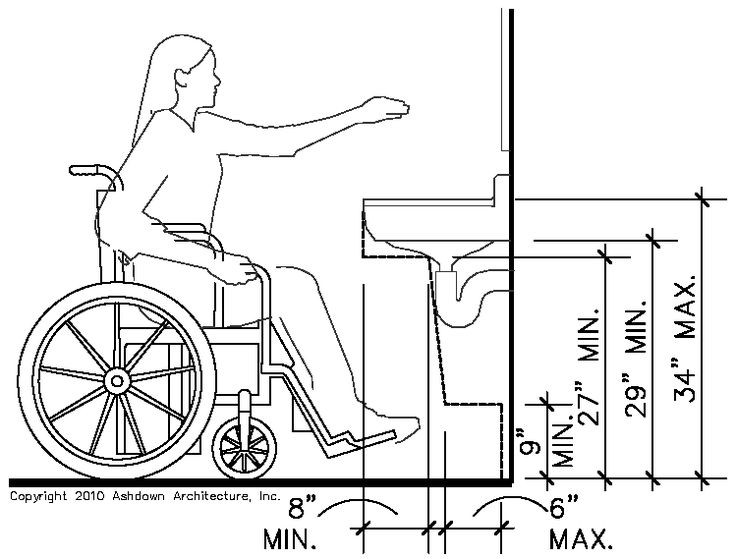 The first step in creating an ADA-compliant bathroom sink is to choose a sink that is the appropriate height. According to ADA regulations, the sink should be mounted at a maximum height of
34 inches
from the floor. This ensures that individuals in wheelchairs can comfortably reach the sink without straining. It is also important to have a clearance of at least
27 inches
under the sink to accommodate a wheelchair.
Another important aspect to consider is the type of faucet used in the sink. The ADA requires that the faucet be
operable with one hand
and have a
maximum force of 5 pounds
to turn on or off. This allows individuals with limited hand mobility to easily use the sink.
The first step in creating an ADA-compliant bathroom sink is to choose a sink that is the appropriate height. According to ADA regulations, the sink should be mounted at a maximum height of
34 inches
from the floor. This ensures that individuals in wheelchairs can comfortably reach the sink without straining. It is also important to have a clearance of at least
27 inches
under the sink to accommodate a wheelchair.
Another important aspect to consider is the type of faucet used in the sink. The ADA requires that the faucet be
operable with one hand
and have a
maximum force of 5 pounds
to turn on or off. This allows individuals with limited hand mobility to easily use the sink.
Additional Features for Accessibility
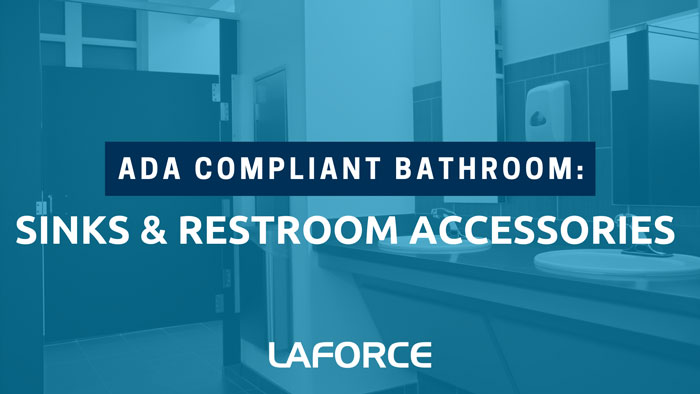 Aside from the height and faucet requirements, there are other features that can be incorporated into a bathroom sink design to make it more accessible. For example, installing a
lever-style handle
on the faucet instead of a knob can make it easier for individuals with limited hand dexterity to use. Additionally,
anti-scald valves
can be installed to prevent individuals from being burned by hot water.
Aside from the height and faucet requirements, there are other features that can be incorporated into a bathroom sink design to make it more accessible. For example, installing a
lever-style handle
on the faucet instead of a knob can make it easier for individuals with limited hand dexterity to use. Additionally,
anti-scald valves
can be installed to prevent individuals from being burned by hot water.
Incorporating ADA Regulations into Your Bathroom Design
 When designing a bathroom, it is important to keep in mind the needs of individuals with disabilities. By following ADA regulations for bathroom sinks, not only will you be creating a space that is accessible for all, but you will also be improving the overall functionality and design of the bathroom. So why not make your bathroom a safe and inclusive space by incorporating these guidelines into your design?
When designing a bathroom, it is important to keep in mind the needs of individuals with disabilities. By following ADA regulations for bathroom sinks, not only will you be creating a space that is accessible for all, but you will also be improving the overall functionality and design of the bathroom. So why not make your bathroom a safe and inclusive space by incorporating these guidelines into your design?



